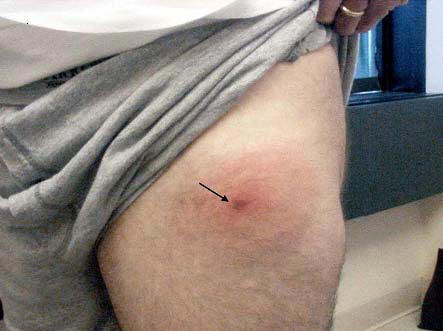
Table 1: Antimicrobial Treatment of Lyme Disease [Download PDF]
Early Disease
Erythema migrans and disseminated early disease (including facial nerve palsy)
Doxycycline, 100 mg bid for 14-21 days (for children, use 2/mg/kg/dose up to 100 mg/dose; do not use in children <8 years of age or in pregnant women), or amoxicillin, 500 mg tid for 14-21 days (for children, use 20/mg/kg/dose up to 500 mg/dose). All doses are PO.
The preferred alternative agents for those who cannot take either amoxicillin or doxycycline is cefuroxime axetil, 500 mg bid for 14-21 days (for children, use 15/mg/kg/dose bid up to 500 mg/dose). Other alternatives are azithromycin (500 mg qd for 7-10 days; for children, use 10 mg/kg/dose up to 500 mg/dose), clarithromycin (500 mg bid for 14-21 days, except during pregnancy; for children use 7.5 mg/kg/dose up to 500 mg/dose) or erythromycin, 250-500 mg qid for 14-21 days (for children, use 12.5 mg/kg/dose up to 500 mg/dose). All doses are PO.
Meningitis
Ceftriaxone, 2 grams/day in a single dose IV or IM for 14-28 days (for children, use 50-80 mg/kg/day in a single dose), or penicillin G, 18-24 million units/day administered IV divided q 4h for 14-28 days (for children, use 200,000-400,000 units/kg/day divided q 4h administered IV). For non-pregnant persons >8 years of age an alternative is doxycycline, 100-200 mg/dose bid taken PO (for children, use 2-4/mg/kg/dose).
An alternative agent is cefotaxime, 2 grams/day q 8h administered IV for 14-28 days (for children, use 150-200 mg/kg/day divided q 8h). For non-pregnant persons >8 years of age who cannot take either penicillins or cephalosporins, an alternative is doxycycline, 100-200 mg/dose bid (2-4 mg/kg/dose up to 200 mg/dose for children) taken PO.
Late Disease
Arthritis
Initial treatment is the same as for early disease except treat for 28 days. If symptoms fail to resolve after 2 months or there is a recurrence, then either repeat a course of an orally administered antimicrobial or treat as for meningitis for from 14-28 days.
Neurological disease*
Same as for meningitis.
* For facial nerve palsy, see early diseases.
Figure 1: Erythema multiforme with central clearing originating in the submammary fold.
Often there is a central area of erythema remaining at the site of the tick bite (punctum).
Although this is the “classical” presentation of erythema migrans, it is not the most
common (see Figures 2 and 3).

Figure 2: Erythema migrans with homogenous erythema (and lack of central clearing).
Note that this is the most common presentation of erythema migrans in the U.S.

Figure 3: Erythema migrans rash without central clearing. Note the easily
observed central punctum (arrow) at the site of tick bite.

Figure 4: Vesicular rash surround by erythema occurring over the knee.
This lesion was thought to represent a spider bite reaction and the patient was
treated with cephalexin without response. Borrelia burgdorferi was isolated
by culture of a skin biopsy of the leading margin of erythema.
